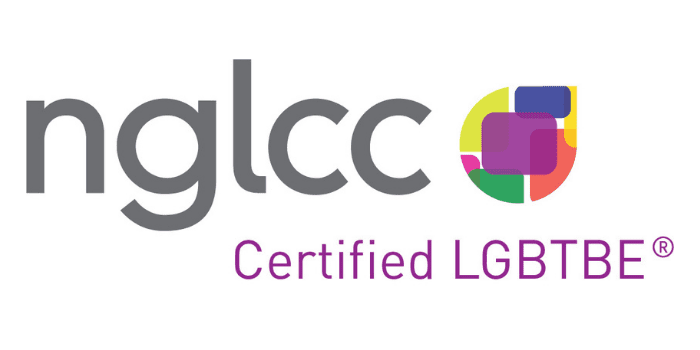This article is part of a series on the impacts of hormone replacement therapy (HRT), designed to help our clients (and others!) prepare for possible changes they may experience as they begin their hormone journeys.
It wouldn’t be responsible to talk about hormone replacement therapy (HRT) without discussing the risks and benefits of treatment. All medications come with risks, but there are many myths about the health risks of estrogen hormone treatment. Therefore, we have also included some reassuring facts that may help alleviate those concerns.
Risks
The biggest increase in risk when taking estrogen occurs when it is combined with cigarette smoking. In this case, there is a notable increased risk of blood clots and a likely increase in strokes and heart attacks. These risks can be mitigated by changing the mode of estrogen delivery from injection to patch or other topical form.
In those who don’t smoke, hormone therapy may still correlate with a slight increase in the risk of blood clots, heart attacks, strokes, diabetes, and cancer. The risks are higher for those with co-existing health conditions and those who start hormone therapy after age 50. The increase in risk may be offset by quality-of-life improvements and reductions in stress levels.
Since there is not a lot of research on the use of estrogen for feminizing treatment, there may be other unknown risks, especially for those who have used estrogen for many years.
Rare Risks
While gender-affirming hormone therapy usually results in an improvement in mood, some people may experience mood swings or a worsening of anxiety, depression, or other mental health conditions as a result of second puberty. If you have any mental health conditions, you may choose to remain in discussion with a mental health provider as you begin hormone therapy.
Some medical conditions, such as autoimmune disorders and migraines, have a hormonal component and thus may be impacted by gender-affirming hormone therapy, though research is lacking. Ask your medical provider if you have further questions about the risks, health monitoring needs, and other long-term considerations when taking hormone therapy.
Modern, healthy approaches to estrogen therapy have no risk of causing liver injury. However, in rare cases, the flow of bile from the liver through the gallbladder may be slowed as a result of hormone therapy, which can lead to an increased risk of gallstones.
Reassurances
It is possible that the risk of prostate cancer decreases with hormone therapy, but there is not enough research to know for sure.
The risk of breast cancer may increase slightly with hormone use, but will still be much lower than the risk in a non-transgender female.
For those over 50, it might be appropriate to use testosterone blockers only, reducing or even eliminating the dose of estrogen (thus removing the health risks that accompany estrogen use for individuals of this age). Since most non-transgender women go through menopause with declining estrogen levels at age 50, this approach is similar to the natural female life course and may be of particular value in those with other health risks.
For those who have had an orchiectomy or vaginoplasty, you will be able to stop taking testosterone blockers and may be able to take a lower dose of hormones, but should remain on at least a minimal dose of hormones until age 50. This will help prevent a potentially severe weakening of the bones, otherwise known as osteoporosis, which can result in serious and disabling bone fractures.
Many of the effects of hormone therapy are reversible if you stop taking hormones. The degree to which they can be reversed depends on how long you have taken them. Breast growth and infertility may not be reversible.

